The aim...
...is to build a small, wearable instrument to check UV index, air temperature, humidity and air pressure.
Why is it important? (the problem description)
Natural sunlight contains UV rays, they are important for life (e.g. body's vitamin D production)
However, too much UV exposure can cause serious health problems, so you have to achieve the optimal UV dose for your body.
On the other hand, tracking and predicting weather changes has been desired by people for a long time. The basis of weather observation is still the measuring and recording of barometric air pressure, temperature and relative humidity.
Use cases
Avoid Sunburn
On the one hand you can check the current UV index, on the other hand you can keep track of the accumulated UV exposure checking the "UV index hour" value, which correlates with the UV erytherma dose.
By monitoring the UV index and the total UV exposure you can protect yourself in time (e.g. by applying sunblock, using some shading...)
Predict weather changes or storms
The rule of thumb is, when the pressure is stationary or slowly rising, you can expect nice weather. Falling pressure is followed by bad weather, and quickly falling pressure usually means that a storm is coming.
Estimate elevation
Atmospheric pressure changes ~12 mBar / 100m. By reading the pressure difference, you can easily calculate the altitude change.
Indoor humidity control
Too low or high humidity can be uncomfortable, check the indoor humidity then turn on the humidifier if it's too low, or if it's too high you can decrease it by airing the room or turning on the air conditioner.
Observe the trend in the changes of the values
The observation of the changes in the environmental characteristics can also be meaningful.
UV Index and sunburn...
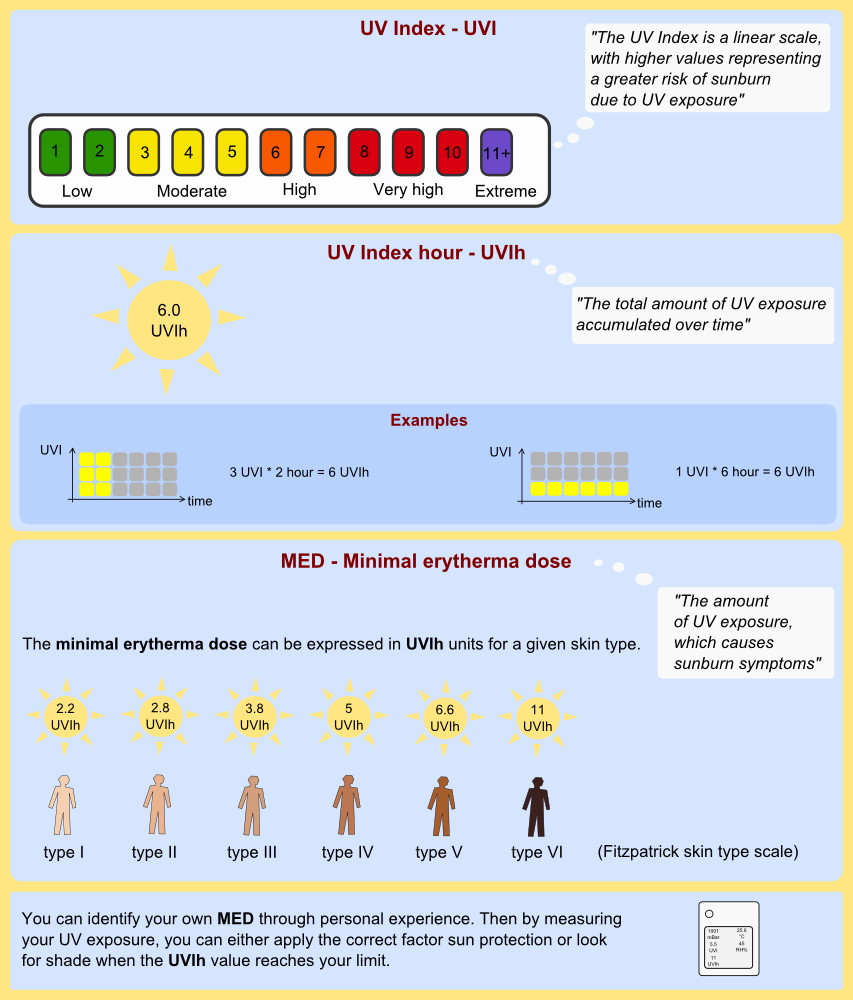
Check out this project log for calculation details.
System Design Diagramm
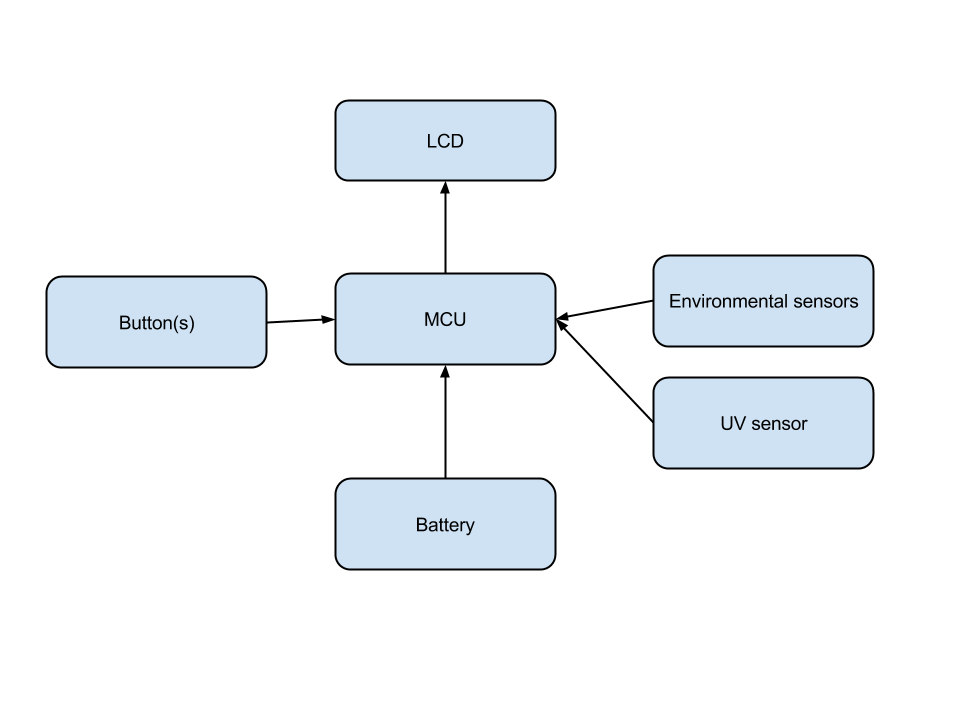
System design document
https://github.com/x-labz/UV-badge/blob/master/doc/system%20design%20v-1.0.pdf
Technical features
Atmel AVR ATTiny for reading the sensors and displaying the data.
Pico-power design, to extend battery life.
Custom 3D printed case
Lightweight: 11g
Dimensions: 50mm * 32mm * 8.1 mm
Read the story about the re-design reasons in this project log
Finals video
Semifinals video (the details)
Quarterfinals video (the development process)
Bonus Features:
Altimeter - https://hackaday.io/project/4706/log/25164-altimeter
Arcade game - https://hackaday.io/project/4706/log/23955-bonus-feature-games
LicenseUV-badge device is licensed under the GNU General Public License v3.0.
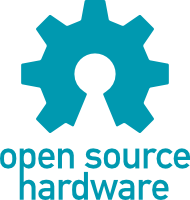

 x-labz
x-labz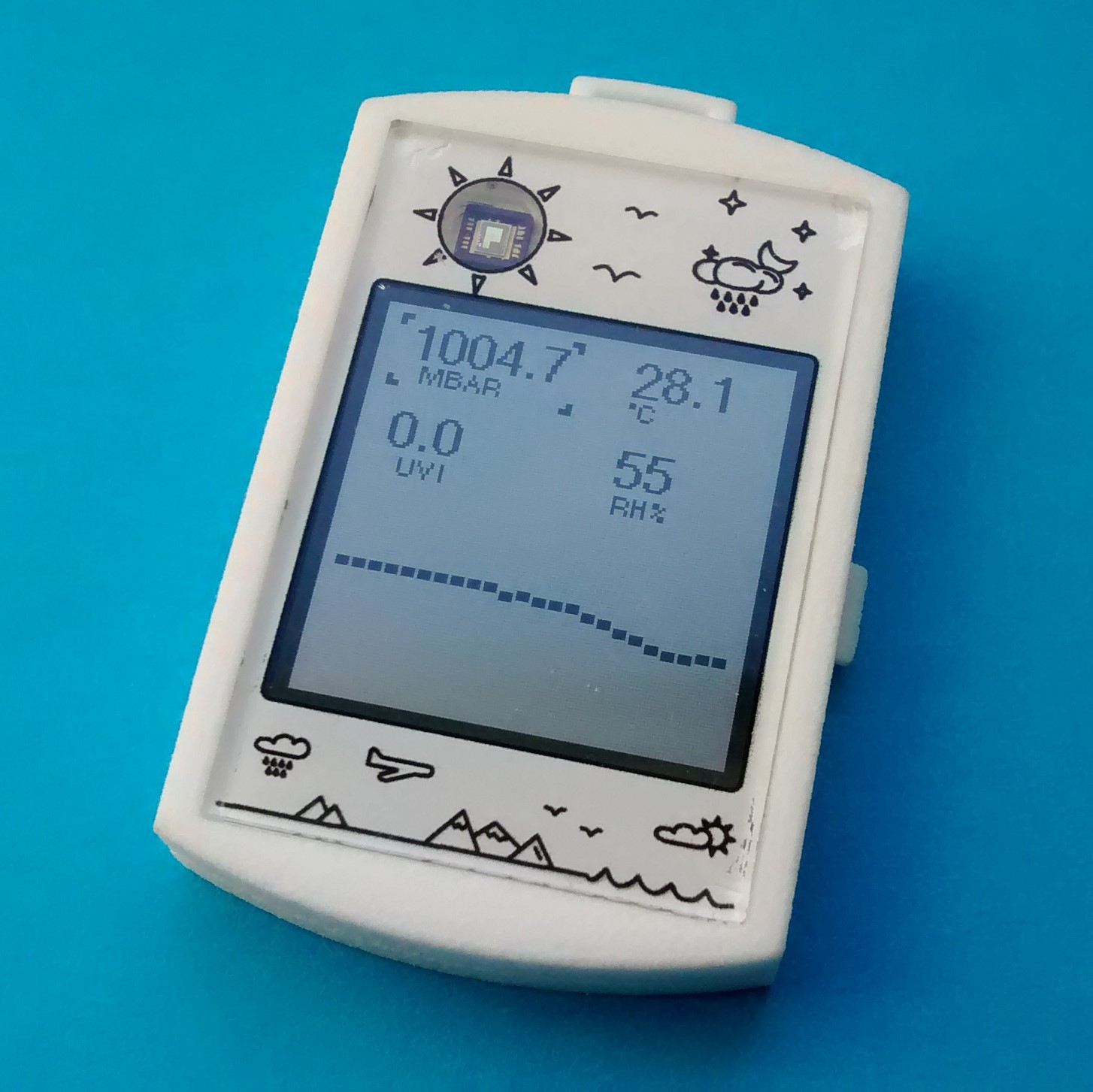
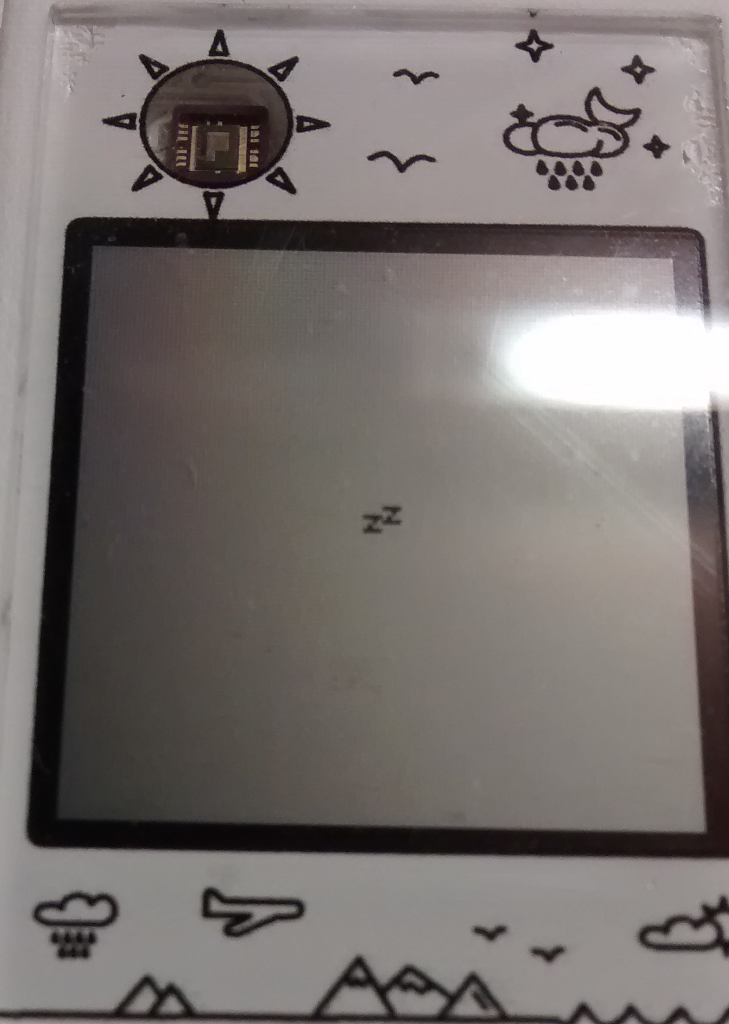
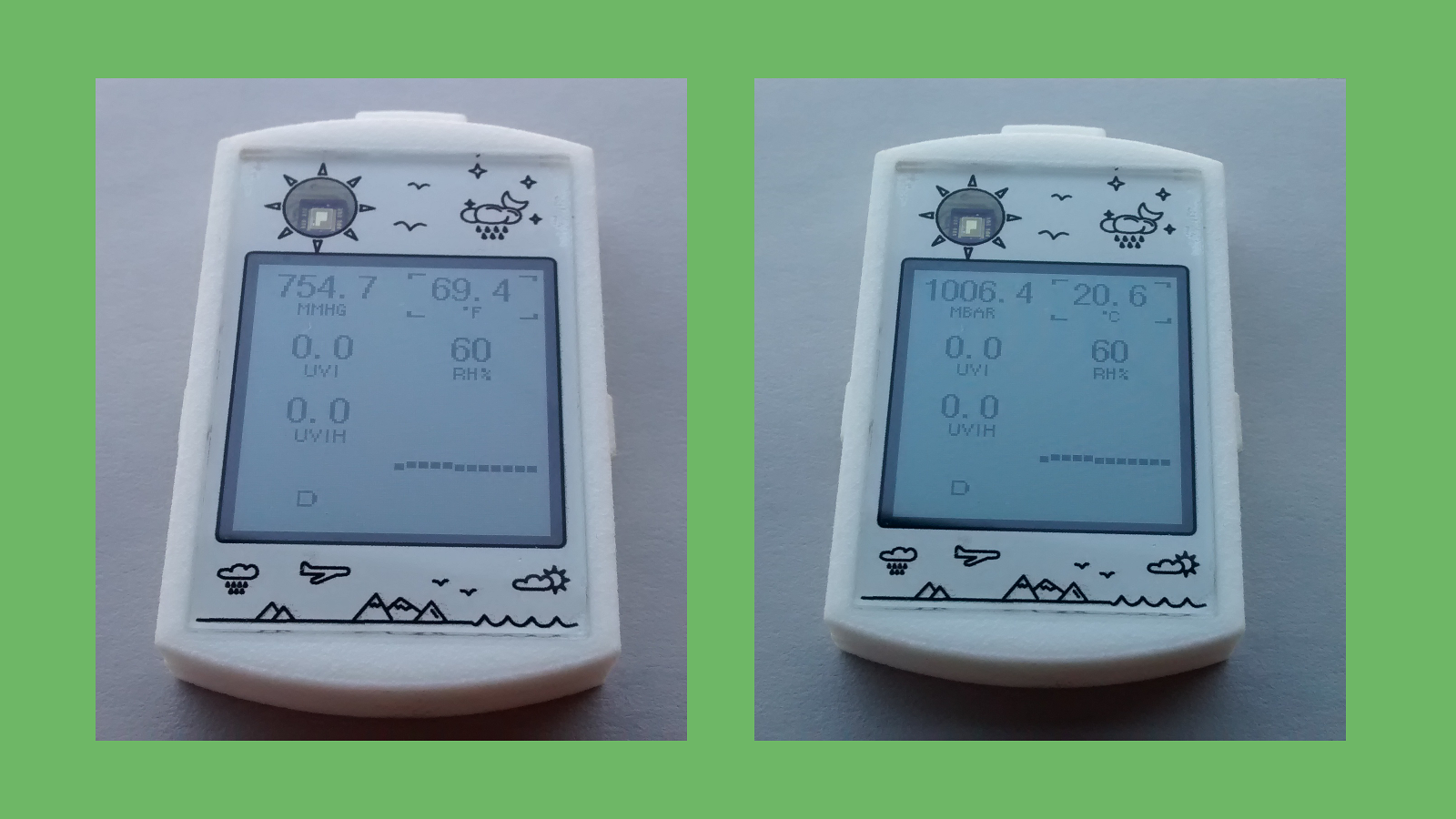
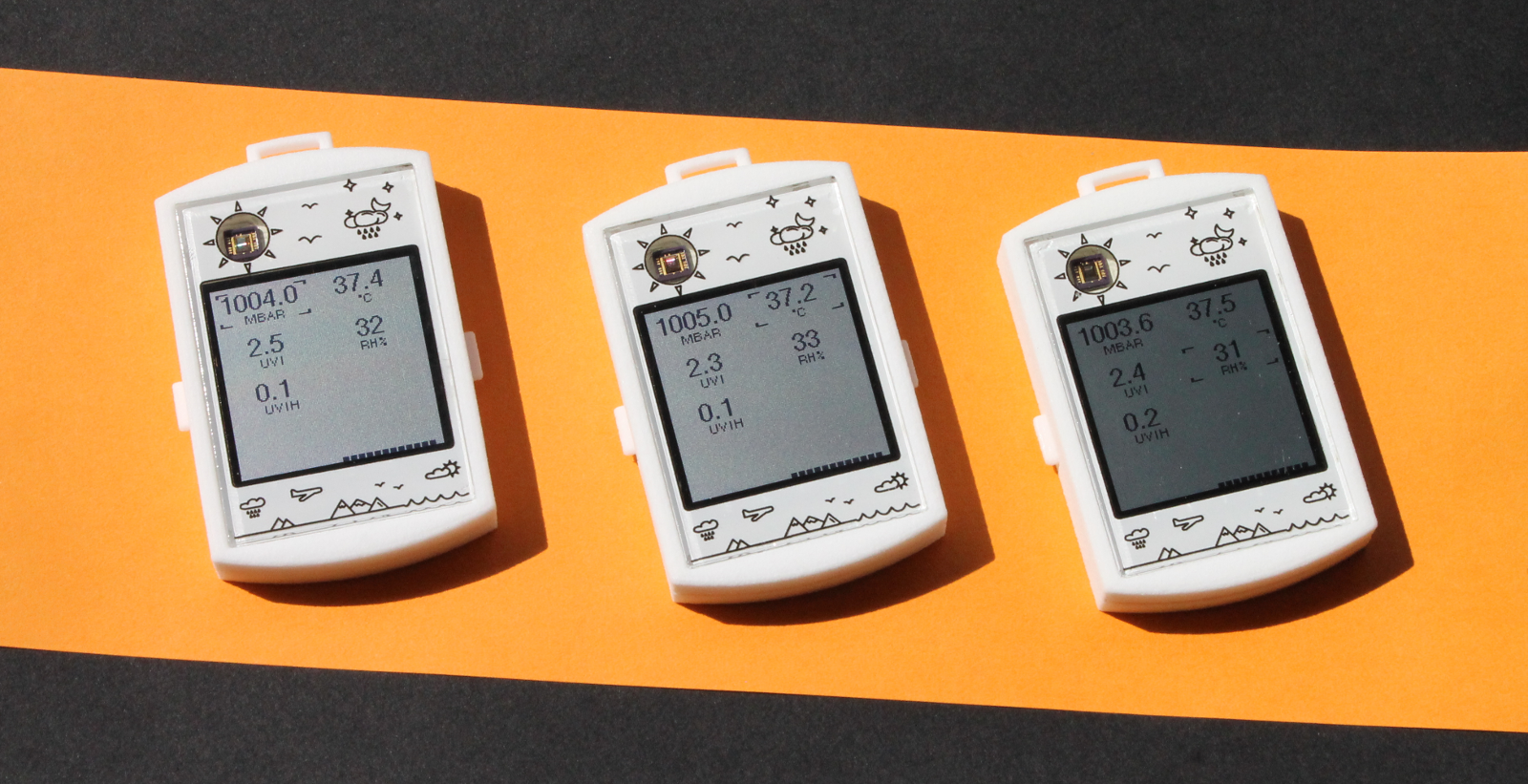


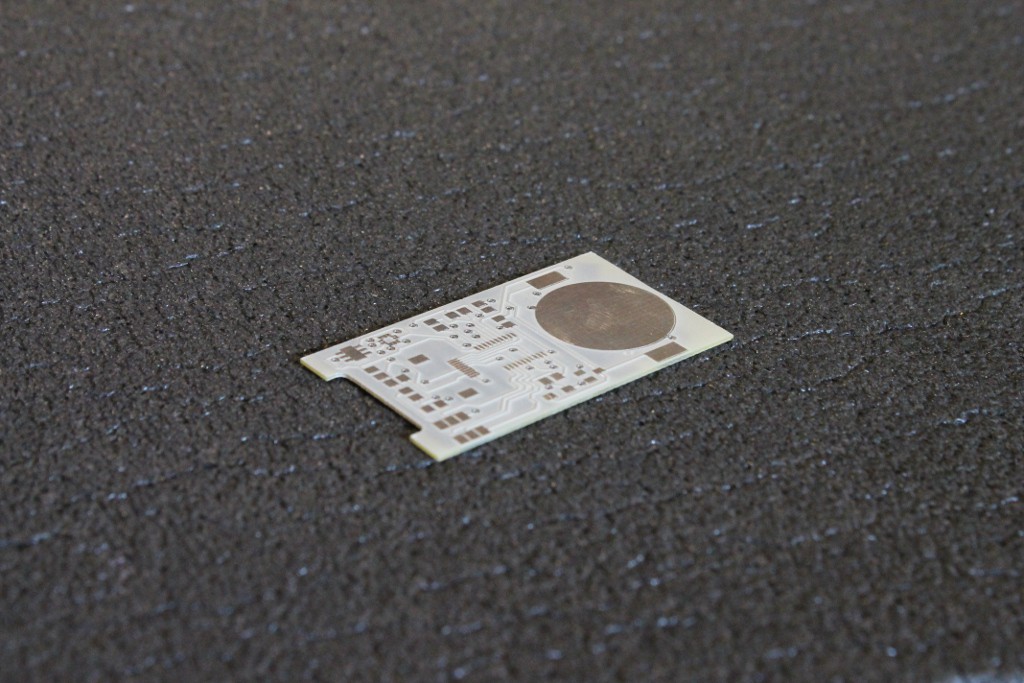
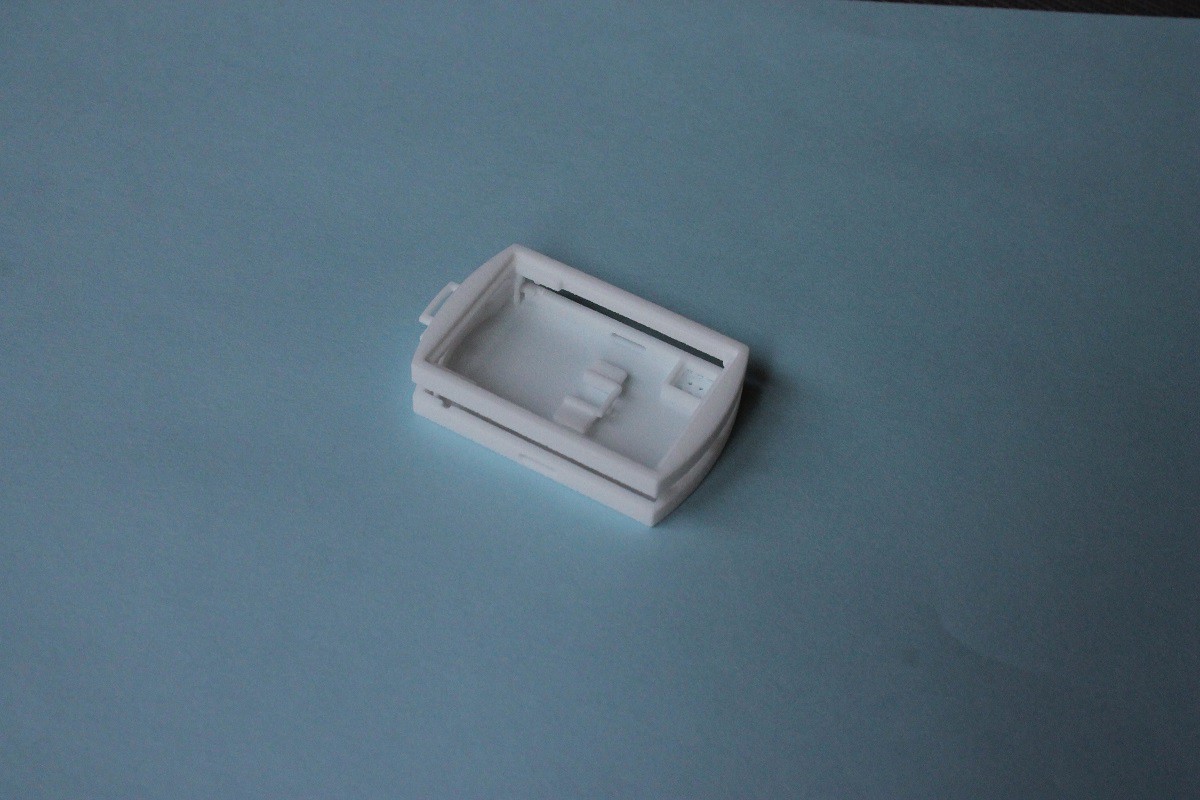
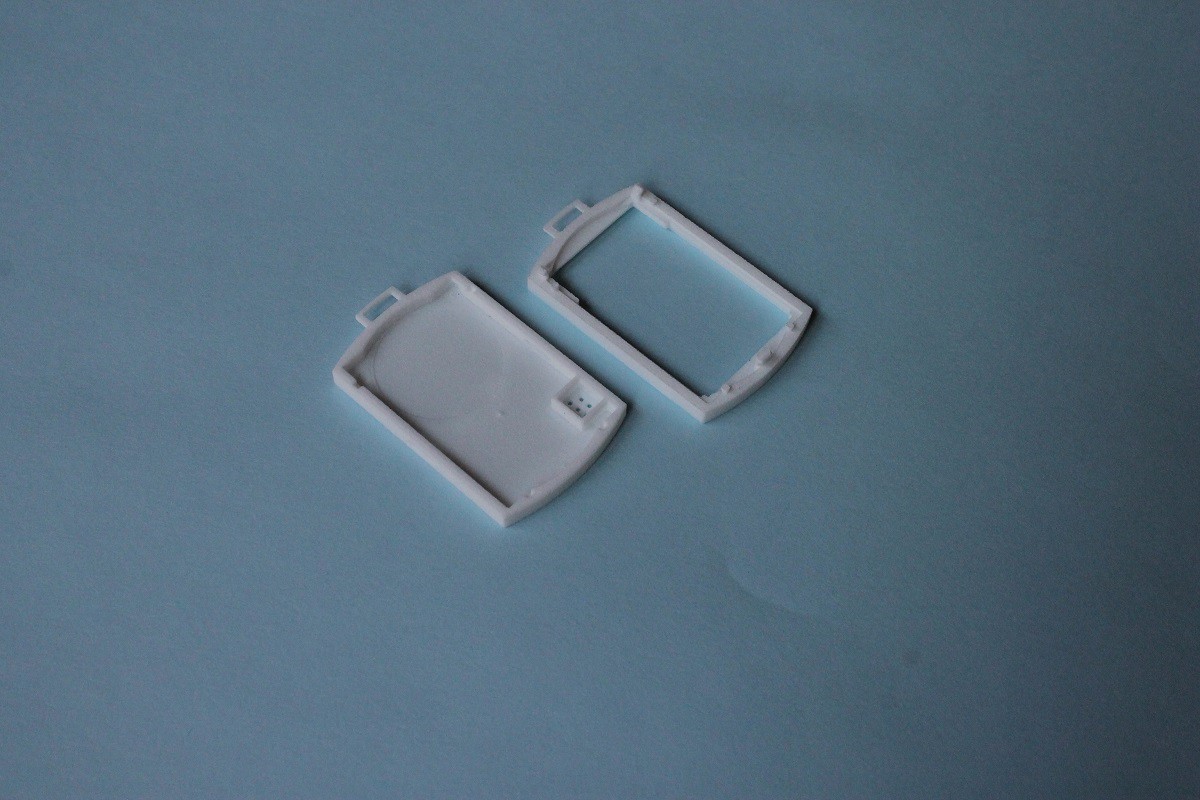





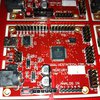



Nice!